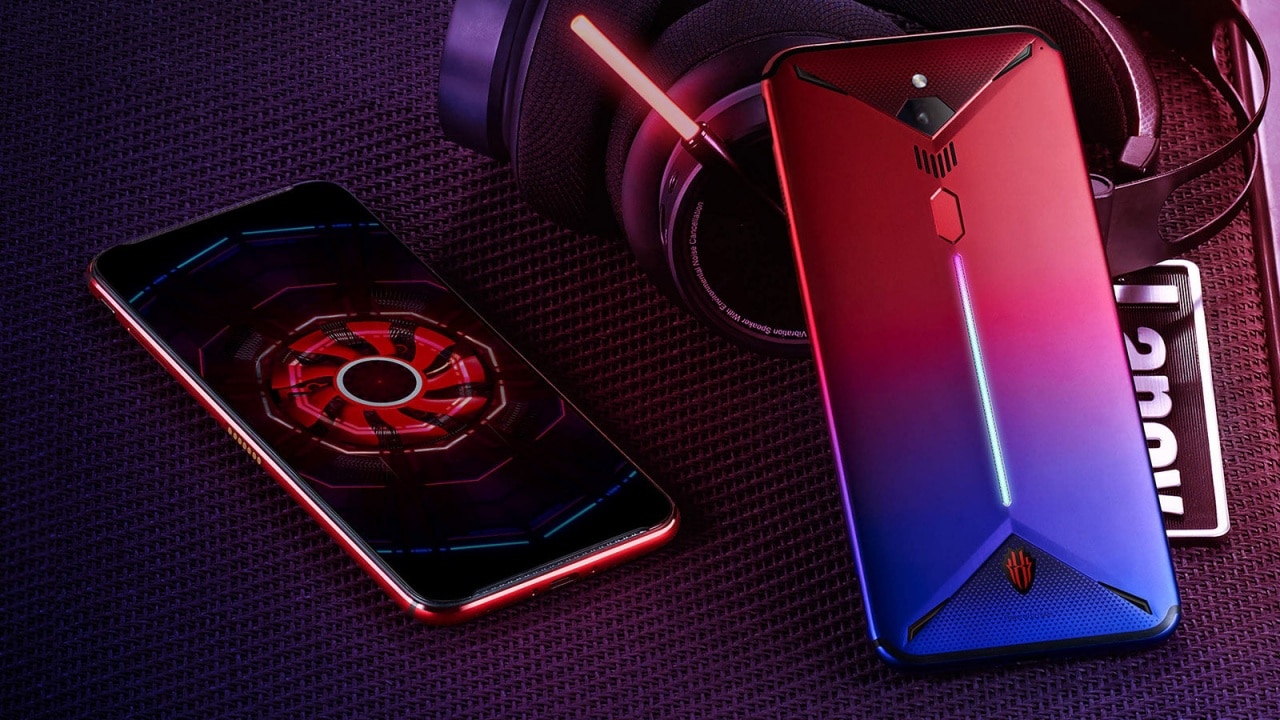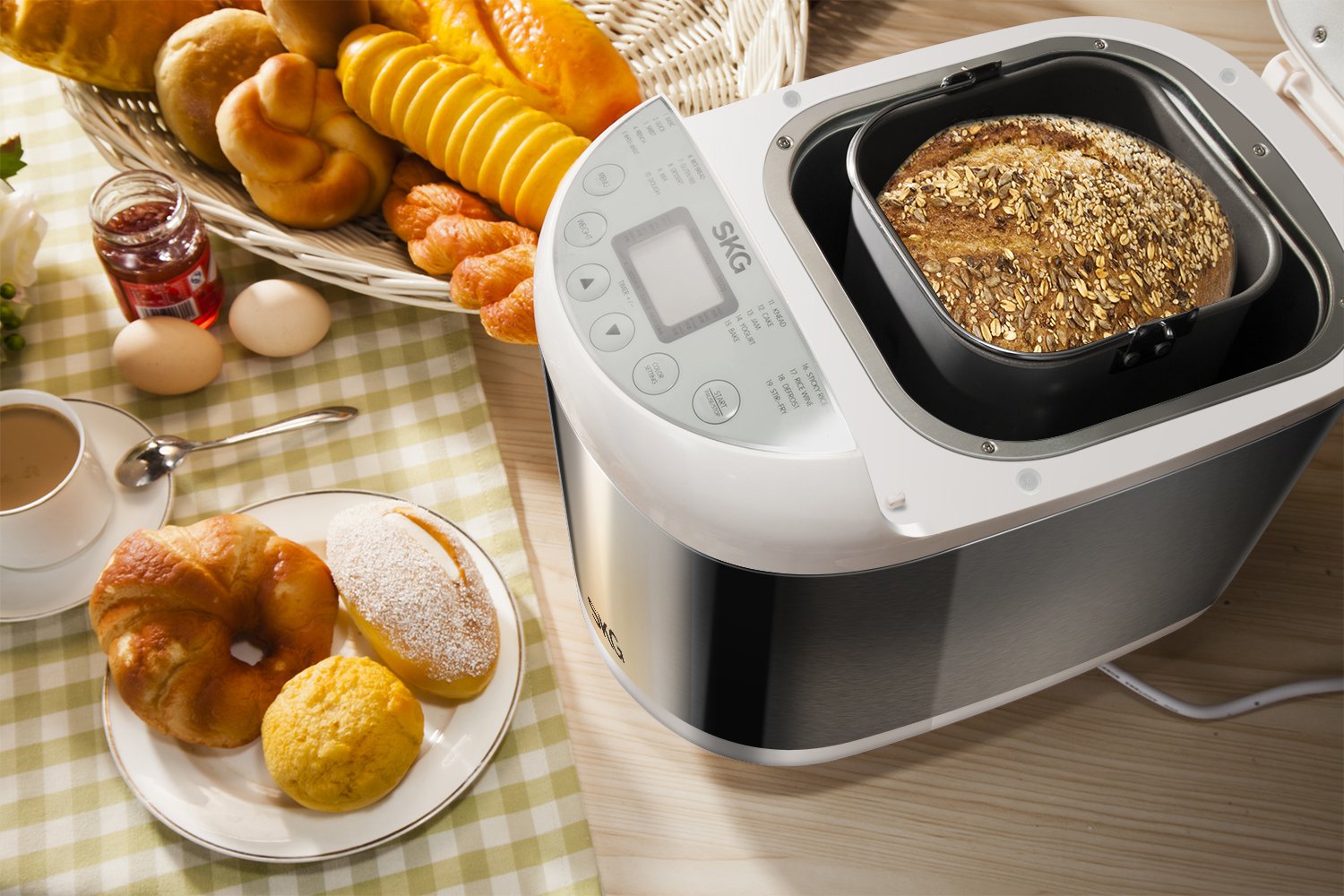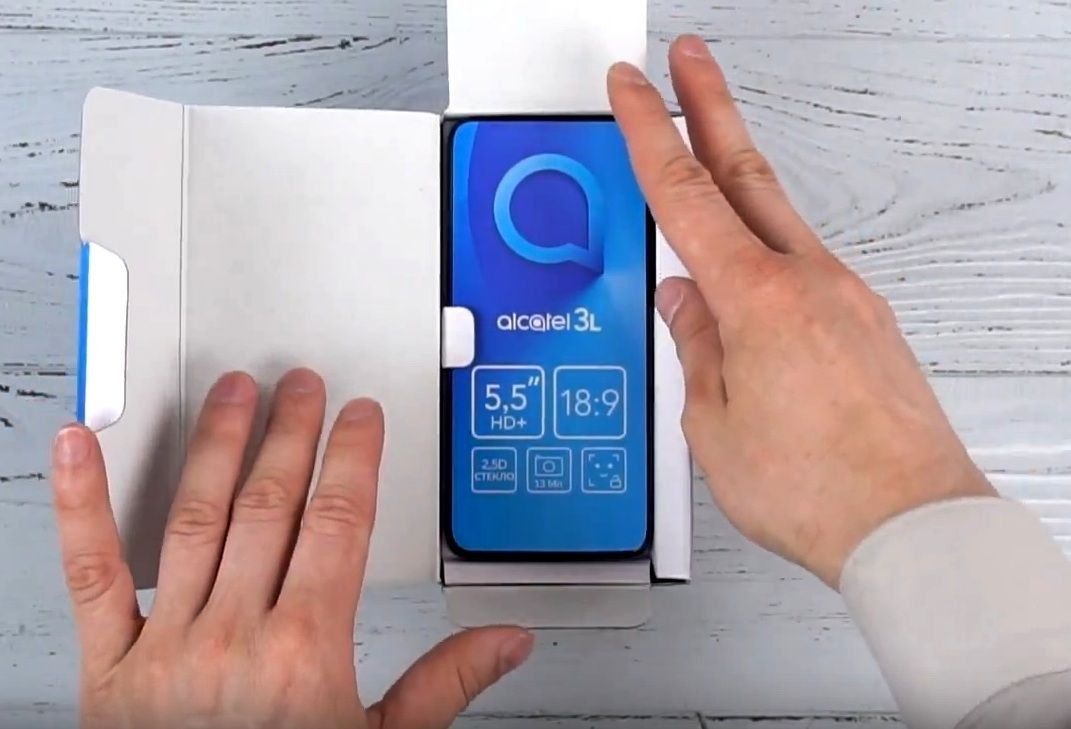Rating of the best electrocardiographs for 2022
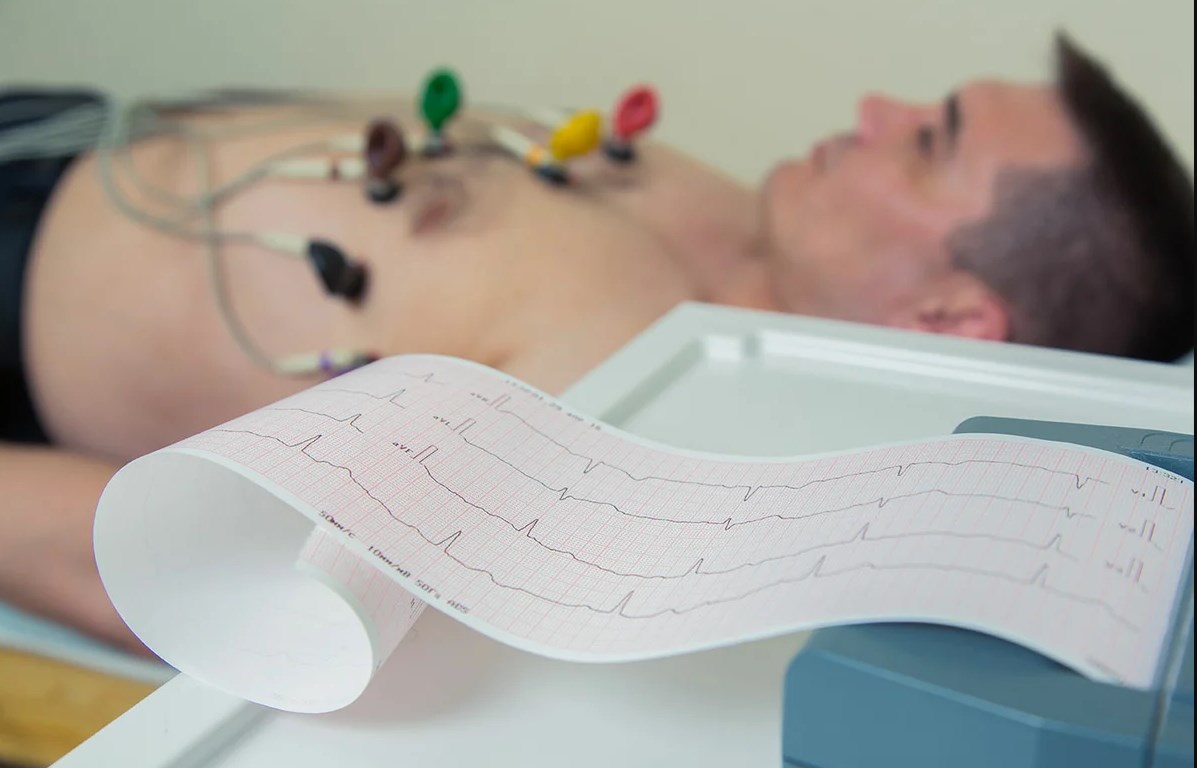
The heart is the most important organ, without which the normal functioning of the entire human body is impossible. Thanks to him, every cell of our body, every organ is supplied with oxygen and nutrients carried by the blood. The heart works continuously, not having the right to breaks. It is because of this that it requires increased attention to itself, to its state. After all, life depends on the heart.
Thanks to the development of medical science and medical technology in particular, monitoring the work of the heart has become easier and more convenient. In this, cardiologists are assisted by such a device as an electrocardiograph. He "reads" the work of the body, displaying the results on paper in the form of a zigzag line - a cardiogram, according to which doctors determine whether the work of the body fits into the norm or requires support and treatment.
Content
Varieties of electrocardiographs
An electrocardiograph is an indispensable device in the work of an ambulance, polyclinic specialists, cardiology departments, intensive care units, etc. It is important to understand that an electrocardiograph is needed not only for patients with diseases of the cardiovascular system, but also for healthy people. Indeed, the regular removal of cardiograms contributes to the earliest possible detection of failures and deviations, especially in people whose work is associated with high physical and psycho-emotional stress (athletes, military, firefighters, etc.).
An electrocardiograph is a medical device that records the electrical impulses of the heart muscle when the heart is beating.
Depending on how many leads (from 1 to 12) the device simultaneously registers, single- and multi-channel cardiographs are distinguished. This indicator characterizes the performance of the device. Single-channel and 12-channel devices both detect all 12 channels, but the difference lies in the fact that the first one records sequentially on one channel, and the second - all at the same time. In addition to the above, there are also three- and six-channel devices that simultaneously record 3 and 6 channels. The cost of a cardio recorder depends on the channel, the more it is, the higher the price, respectively.
Single-channel devices are most often used when equipping ambulance crews.They are more compact, most often equipped with a rechargeable battery for autonomous operation. Also, they are characterized by a low cost, accessible to almost everyone. Among the shortcomings can be identified limited functionality.
Three-channel due to simultaneous recording of 3 channels have greater performance than the first. Often they have the opportunity to enter additional data about the patient from whom the cardiogram is taken (gender, age). They have an internal memory, albeit small, to store the results of research.
Six-channel devices are even more productive. Due to this, they are used in clinics, in cardiological ambulances. They feature a more powerful battery, more memory, print speed and functionality.
Twelve-channel - the most functional and productive devices. They simultaneously record the work of the heart in 12 leads and are used for a detailed and multi-parametric study of the work of the heart. They are characterized by a large amount of memory, a wide range of functions, interpretation of the received data, etc. Differ in high cost.
Criteria for choosing a cardiac recorder
When choosing an electrocardiograph, you should pay attention to a number of criteria. Briefly about each of them:
- channeling.
The performance of the device depends on it, as mentioned above.
- portability.
At that point, you should pay attention to the battery capacity, the larger it is, the longer the device can work autonomously.
- presence of a screen.
It allows you to view the results of the study before printing, which often helps to save thermal paper. In the display, its size and resolution are important. The larger it is, the more useful information is placed on it.Touch screen would be an advantage.
- built-in memory.
It is necessary to view cardiograms of patients taken at different times. Most often, single-channel ones do not have built-in memory. For the rest, its volume allows you to record from 10 to 500 EGK files. The advantage is the presence of a slot for connecting external media.
- thermal paper width and print speed.
The larger paper you use, the more data you can fit on it. The advantage will be the ability to use paper of different widths. The print speed can most often be adjusted and varies from 5 to 50 mm/s.
- connection to a PC.
This function is necessary for data transfer and further processing. To this end, the models are equipped with various USB, COM connectors, as well as BLUETOOTH and WLAN interfaces for wireless transmission of information.
- data interpretation.
Allows you to identify abnormalities in the work of the heart and make a diagnosis.
These were the main criteria that you should pay attention to when choosing a cardiograph. Also, for a specialist cardiologist, such indicators as the accuracy and sensitivity of the device, as well as the reliability of the manufacturer, will be important.
Single-channel electrocardiographs
ECG-1101B
This cardiograph is manufactured by the Chinese company Shenzhen Carewell Electronics Co. The device is Russified. It is equipped with a 3.8-inch monochrome LCD screen with backlight, which displays the current lead, the patient's heart rate, performance characteristics (mode, sensitivity, filters, paper feed speed, battery level, etc.) during operation. The device automatically measures and interprets the ECG based on CSE and AHA databases.The heart rate measurement range is from 30 to 215 beats per minute with an accuracy of 1 beat. The output of ECG results is carried out using a built-in thermal printer on thermal paper 50 mm wide, the recording width is 48 mm. The paper feed speed can be adjusted from 5 to 50 mm/s. The cardiograph works both from a 220-240 V household network and from a built-in battery that can withstand up to 500 charge cycles. It takes 8 hours to fully charge the battery.
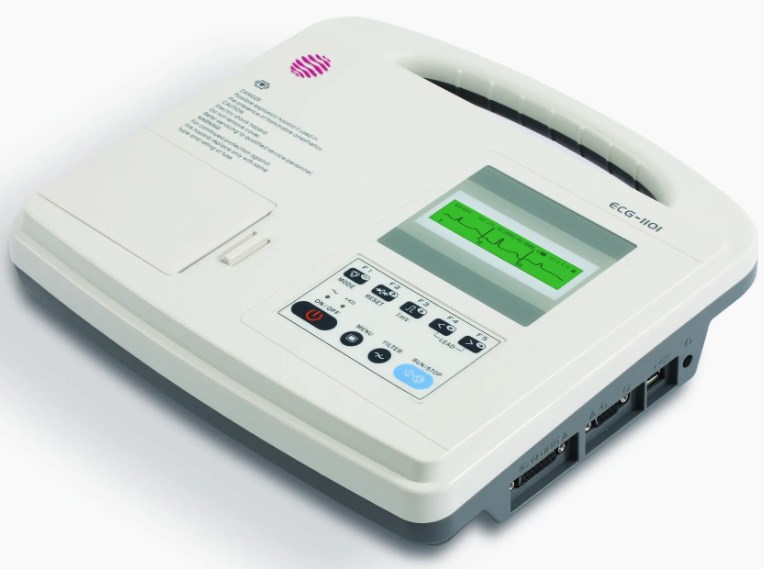
| Options | Characteristics |
|---|---|
| Thermal paper width | 50 mm |
| Power consumption | 30 V |
| Battery capacity | 1500 mAh |
| Weight | 2.7 kg |
| Dimensions | 288x204x60 mm |
Cost: from 27800 rubles.
- 3 data logging modes: auto, manual, analysis;
- 6 paper feed speeds;
- the presence of sound signals that notify of turning on / off, disconnecting the electrodes, low battery level;
- automatic interpretation of the received data;
- the presence of a battery and small dimensions allow it to be used outside the hospital;
- the presence of 3 filters: alternating current, electromyograms, contour drift;
- sensitivity can be set within 2.5, 5, 10, 20, 40 mm / mV, as well as automatic;
- convenient handle for carrying the device.
- additional investments are required to connect to a PC;
- no internal memory;
- Can't connect external media.
EK1T-1/3-07
Electrocardiograph from the Russian manufacturer "Axion" with the ability to register simultaneously from 1 to 3 leads. The device is equipped with a color LCD display measuring 58 by 43 mm (diagonal 2.8 ''), in which you can change the brightness of the backlight. To obtain the most accurate measurements, the device has anti-tremor, anti-drift and notch filters.There are 2 modes of operation: auto and manual. The cardiograph fixes heart rate in the range of 30-300 beats / min. In addition to building typical cardiocycles, it is possible to build a rhythmogram, a histogram, and a scattergram. The device automatically registers arrhythmia, and also determines the presence of a pacemaker. The conclusion of the cardiogram is made using the built-in thermal printer at a speed of 25, 50, 5, 12.5 mm/s. The internal memory is enough to record 500 ECGs. An external media connection is possible. The device works both from a network, and from the built-in battery.

| Options | Characteristics |
|---|---|
| Thermal paper width | 57 mm |
| Power consumption | 25 V |
| Battery capacity | 1350 mAh |
| Weight | 1.75 kg |
| Dimensions | 240x190x80 mm |
The cost is from 30750 rubles.
- you can install an external memory card format micro SD;
- connection to a PC via USB is possible;
- transmission of ECG to the server of the remote cardio-pullet via GSM and GPRS network, as well as voice communication with the dispatcher;
- it is possible to print 1-3 leads;
- the presence of light indicators of power, battery charge, filter status, electrode connection, etc.;
- sound indication of the heart rate is available, in which you can change the sound intensity;
- device sensitivity from 2.5 to 40 mm/mV;
- the internal memory is enough to store 500 ECG files;
- 3.5 hours is enough to fully charge the battery;
- light and compact;
- The package includes a bag for transporting the device.
- low battery capacity, due to which the battery life is very limited.
Multichannel electrocardiographs
ECG-1103G
Three-channel electrocardiograph from a Chinese manufacturer with a Russified interface.The device is equipped with a 3.8'' monochrome liquid crystal display, which displays the operating mode, sensitivity, paper feed speed, filter status, battery level, etc. The cardiograph can operate both in automatic and manual modes, as well as in Analysis mode. Up to 3 channels can be registered at the same time. Heart rate measurement is possible in the range of 300-215 beats per minute. The output of the information received in the study of the patient's cardiac activity is carried out using the built-in matrix thermal head. The internal memory of the cardiograph allows you to store 12 ECG files. Recording speed from 6.25 to 50 mm/s. The appliance can be operated from the mains and from the built-in battery. It is noteworthy that the battery can be recharged in the car.
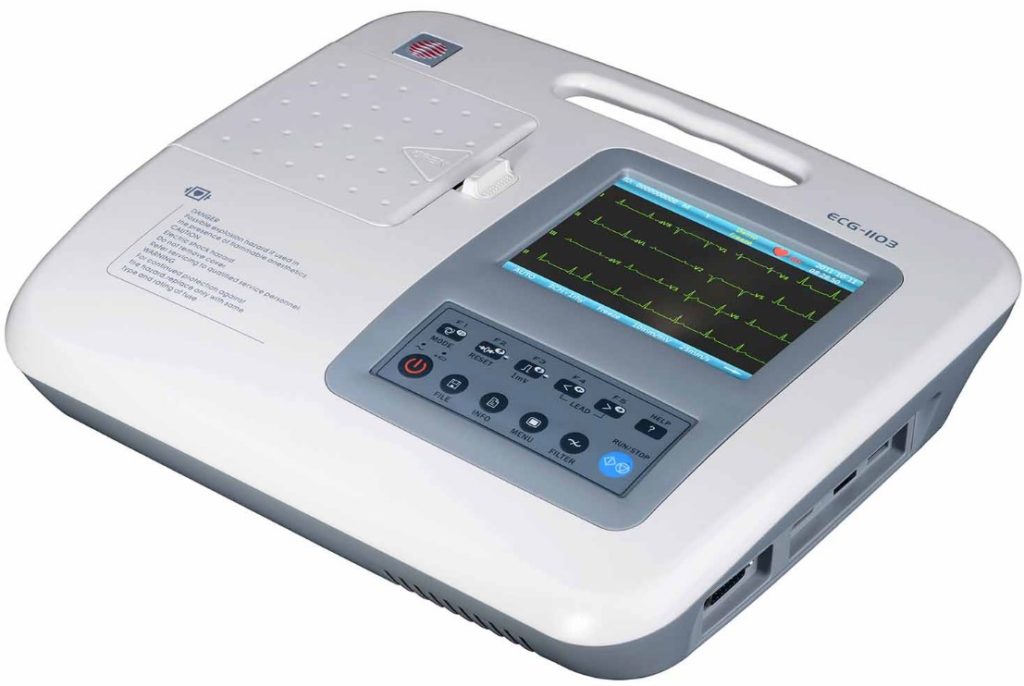
| Options | Characteristics |
|---|---|
| Thermal paper width | 63 mm |
| Power consumption | 35 V |
| Battery capacity | 2200 mAh |
| Weight | 2.5 kg |
| Dimensions | 345x300x80 mm |
Cost: from 41800 rubles.
- a large amount of information is displayed;
- automatically interprets the received data;
- the possibility of autonomous operation thanks to the built-in battery;
- the battery can be charged in the car;
- the sensitivity of the device is adjusted in the range from 2.5 to 40 mm/mV;
- there are EGM, ADS, HUM filters;
- an audible signal when the electrode is disconnected or the battery is weak;
- there is a slot for connecting external media (micro SD for 250 ECG).
- to connect to a PC, you need to buy additional components;
- small amount of internal memory.
EK12T-01-"R-D"/141
12-channel electrocardiograph from the Russian manufacturer "Monitor".The manufacturing company offers various configurations of the device, which may differ in the presence of the following options: software for automatic interpretation of the results of a diagnostic study, USB, GSM modules, COM port, electrodes for taking ECG from children, etc. Depending on the options included in the kit, respectively the cost changes. The model is equipped with a 116x88 mm TFT graphic monitor, which displays technical information about the device operation, data on the current cardiogram, etc. The device provides simultaneous recording of 6 or 12 leads. In this case, it is possible to print 1, 3, 4, 6 leads in the usual format and 12 leads across the sheet. Print speed from 5 to 50 mm/s. The operation of the device is controlled using a 14-key membrane keyboard. The cardiograph has two operating modes - automatic and manual. In this case, in manual mode, you can configure the device individually for 10 users. The device operates from AC 100-224 V, from DC 12-16 V, or from the built-in battery.
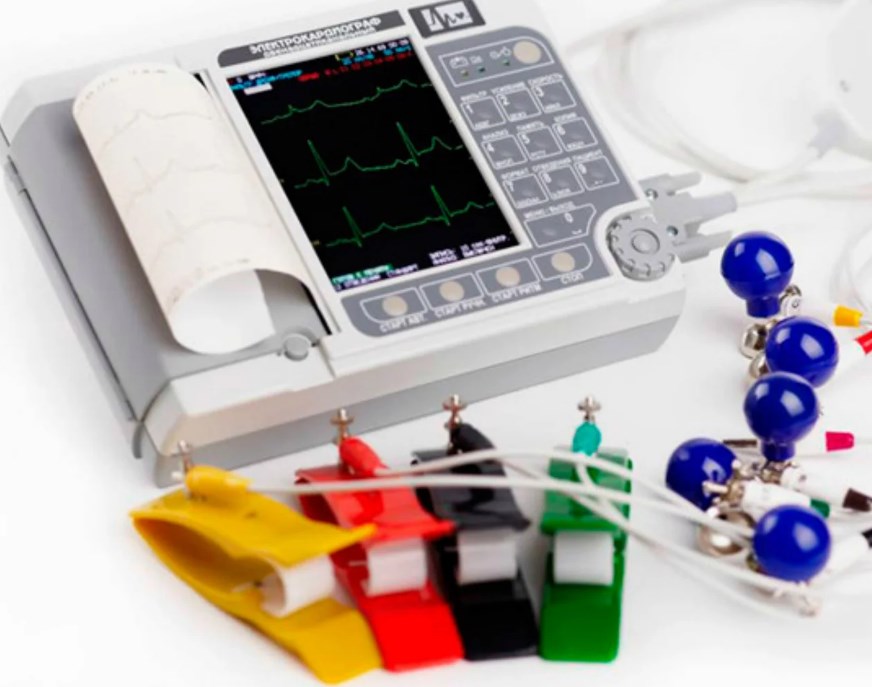
| Options | Characteristics |
|---|---|
| Thermal paper width | 110 mm |
| Power consumption | 30 V |
| Battery capacity | 2000 mAh |
| Weight | 1.2 kg |
| Dimensions | 250x174x63 mm |
Cost: from 66,300 rubles with minimal functionality, up to 99,400 rubles with a complete set (including USB, GSM, COM-port).
Advantages are indicated for the model with a complete set.
- the ability to work from a 12-16 V DC network of a specially equipped car (ambulance);
- there is a built-in USB module to which you can connect an external printer, keyboard, media;
- the ability to connect to a computer via COM, BLUETOOTH or USB;
- 10 user profiles;
- wireless transmission of GSM data to a remote cardio unit;
- large display with a diagonal of 141 mm;
- internal memory is enough to store 500 ECG files;
- detects a pacemaker;
- removes ECG from children;
- a wide range of functionalities that make diagnostics easier and more efficient;
- automatic activation of printing when an arrhythmia is detected;
- printing can be done on paper in the form of a roll or sheets.
- high cost with a complete set.
Fukuda Cardimax FX-8322R
12-channel electrocardiograph from a Japanese manufacturer. The device has a 6.5-inch color touch LCD display, which displays the most useful information for a specialist. The device allows you to measure heart rate in the range of 20-300 bpm. /min, R-R interval, QT time, electrical axis, SV1, RV 5(6). The installed network, muscle filters, as well as the baseline drift filter allow you to conduct research with minimal errors. More than 10 functions are optionally connected, including analysis and interpretation of the received data, display of conclusion codes, Minnesota, arrhythmia analysis, etc. The internal memory of the device is designed for 500 ECG files, if necessary, you can connect a memory card. Printing of cardiograms is performed using the built-in thermal printer on roll or Z-shaped paper. Up to 12 leads can be output simultaneously. It works both from a 220 V network and from a built-in battery with a capacity of 3800 mAh, whose charge is enough for 1.5 hours of operation.
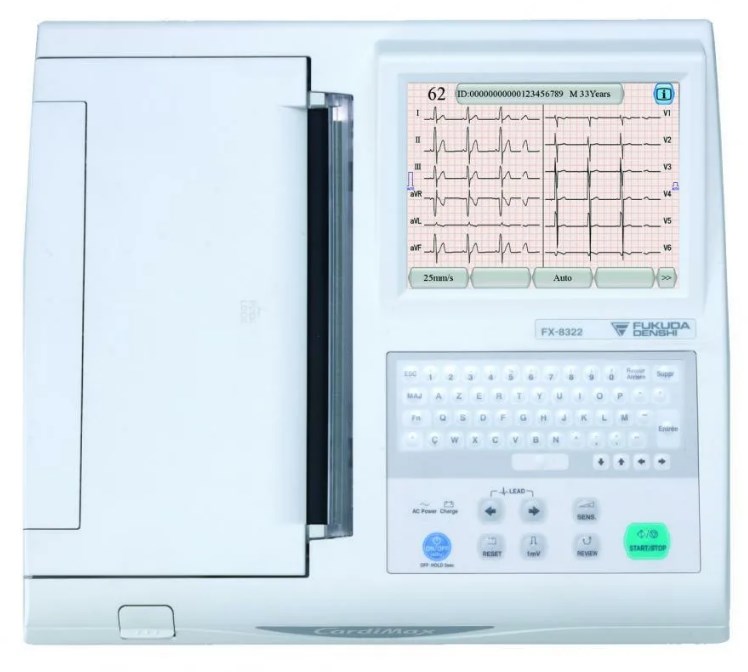
| Options | Characteristics |
|---|---|
| Thermal paper width | 210 mm |
| Power consumption | 100 VA |
| Battery capacity | 3800 mAh |
| Weight | 5.2 kg |
| Dimensions | 370x320x89 mm |
The cost depends on the configuration and varies from 261,000 rubles. and higher.
- large touch screen;
- internal memory for 500 examinations + 1 GB memory card (SD);
- 5 print speeds (5, 10, 12.5, 25, 50 mm/s);
- capacious battery;
- there are self-testing systems;
- a wide range of options;
- the possibility of taking a cardiogram from children;
- 2 USB ports;
- 2 RS-232C ports (COM port);
- LAN port;
- additional options include children's chest and limb electrodes;
- the ability to connect an external printer;
- automatic data recording when an arrhythmia is detected.
- high price.
CARDIOVIT AT-102PLUS
This Swiss-made model is a highly efficient 12-channel ECG system. It is equipped with a large high resolution TFT screen that allows you to view all 12 ECG traces at the same time. It also displays the date, time, battery status and power source. One of the most important advantages of this model is its interpretation program, which comprehensively analyzes the data obtained during the research. This program also integrates a thrombolysis program that assesses the risk of ischemia. This and other functionality of this electrocardiograph allows you to make the diagnosis as accurate as possible. The internal memory of the device is enough to save 300 studies. Support for RS-232, USB, WLAN interfaces allows you to connect external devices both via cable and wirelessly. The cardioregistrar can work from the network and autonomously. The battery with a capacity of 4800 mAh allows you to work autonomously for about 4 hours, which is enough for 300 automatic ECG printouts. The thermal printer works with A4 Z-shaped paper.
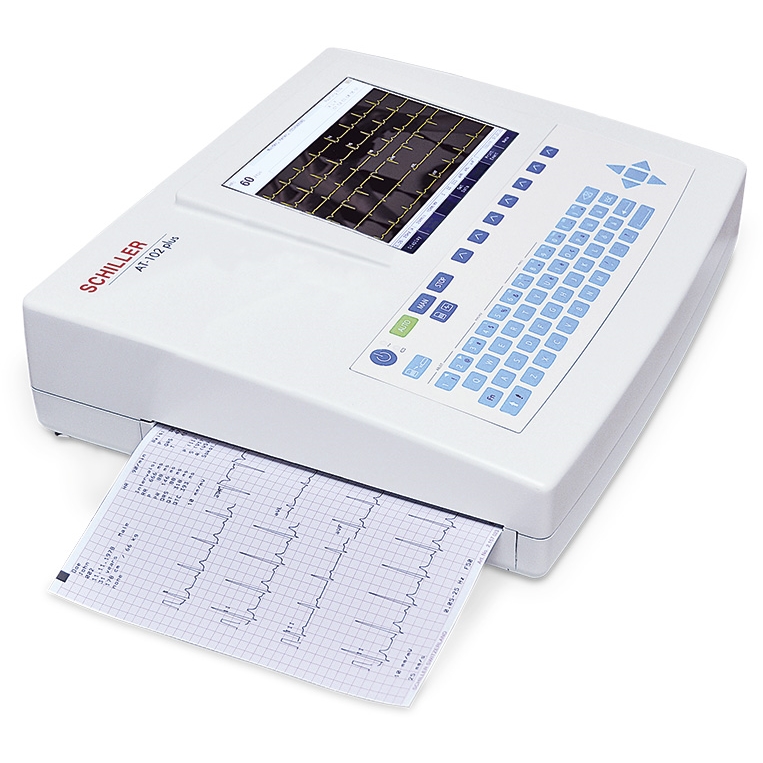
| Options | Characteristics |
|---|---|
| Width and type of thermal paper | 210 mm, Z-shaped |
| Power consumption | 100 VA |
| Battery capacity | 4800 mAh |
| Weight | 5.2 kg |
| Dimensions | 400x330x101 mm |
The cost is from 297,000 rubles.
- ECG interpretation program for adults and children;
- thrombolysis program;
- interference filtering with a digital filter;
- sensitivity can be adjusted manually (5, 10, 20 mm/mV) or set automatically;
- comfortable full-fledged membrane keyboard;
- optionally, a spiro sensor is connected, which converts the cardiograph into a device for testing external respiration;
- it is possible to take an ECG from children with the purchase of an additional set of children's electrodes;
- spirometry is possible;
- battery life up to 4 hours;
- data management through the SEMA program;
- standard interfaces based on HL7, GDT and XML.
- high price.
Comparative table of characteristics of the considered models
| Options | ECG-1101B | EK1T-1/3-07 | ECG-1103G | EK12T-01-"R-D"/141 | Fukuda Cardimax FX-8322R | CARDIOVIT AT-102PLUS |
|---|---|---|---|---|---|---|
| channel | 1 | 1-3 | 3 | 12 | 12 | 12 |
| Battery capacity, mAh | 1500 | 1350 | 2200 | 2000 | 3800 | 4800 |
| Display size | 3,8'' | 2,8'' | 3,8'' | 5,6" | 6,5" | 5,9" |
| Built-in memory | - | - | 12 ECG | 500 ECG | 500 ECG | 300 ECG |
| Ability to connect external media | - | micro SD for 500 ECG | micro SD for 250 ECG | USB flash memory | micro SD 1 GB | USB flash memory |
| Thermal paper width | 50 | 58 | 63 | 110 | 210 | 210 |
| Additional connectors and interfaces | - | USB, GSM | additional option | BLUETOOTH, USB, GSM, COM-port modules are optionally connected | 2 USB, 2 RS-232C (COM port), LAN | RS-232, USB, WLAN |
| Availability of software for data interpretation | - | - | - | - | connects optionally | connects optionally |
new entries
Categories
Useful
Popular Articles
-

Top ranking of the best and cheapest scooters up to 50cc in 2022
Views: 131656 -

Rating of the best soundproofing materials for an apartment in 2022
Views: 127696 -

Rating of cheap analogues of expensive medicines for flu and colds for 2022
Views: 124524 -

The best men's sneakers in 2022
Views: 124041 -

The Best Complex Vitamins in 2022
Views: 121944 -

Top ranking of the best smartwatches 2022 - price-quality ratio
Views: 114983 -

The best paint for gray hair - top rating 2022
Views: 113400 -

Ranking of the best wood paints for interior work in 2022
Views: 110325 -

Rating of the best spinning reels in 2022
Views: 105333 -

Ranking of the best sex dolls for men for 2022
Views: 104372 -

Ranking of the best action cameras from China in 2022
Views: 102221 -

The most effective calcium preparations for adults and children in 2022
Views: 102015
